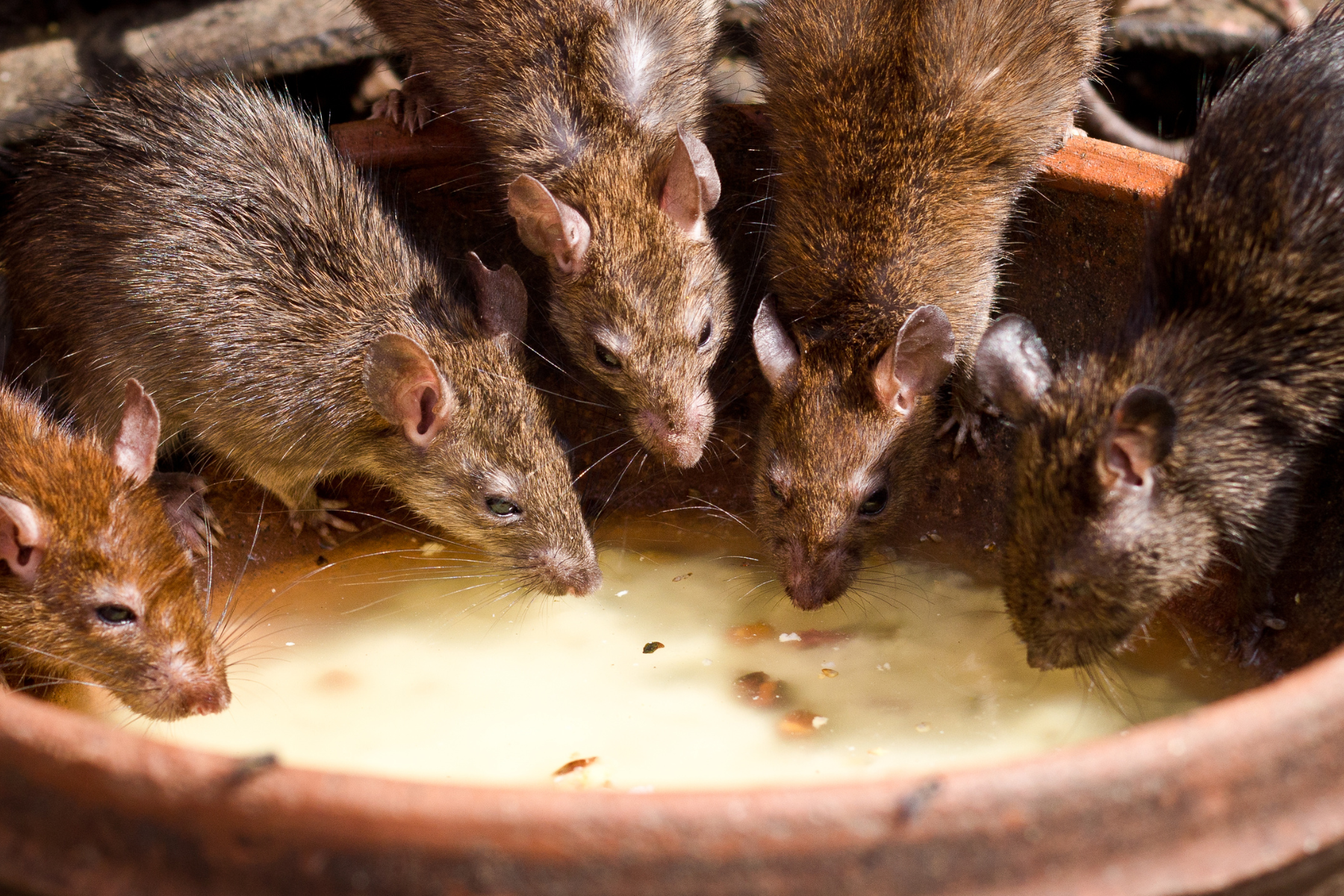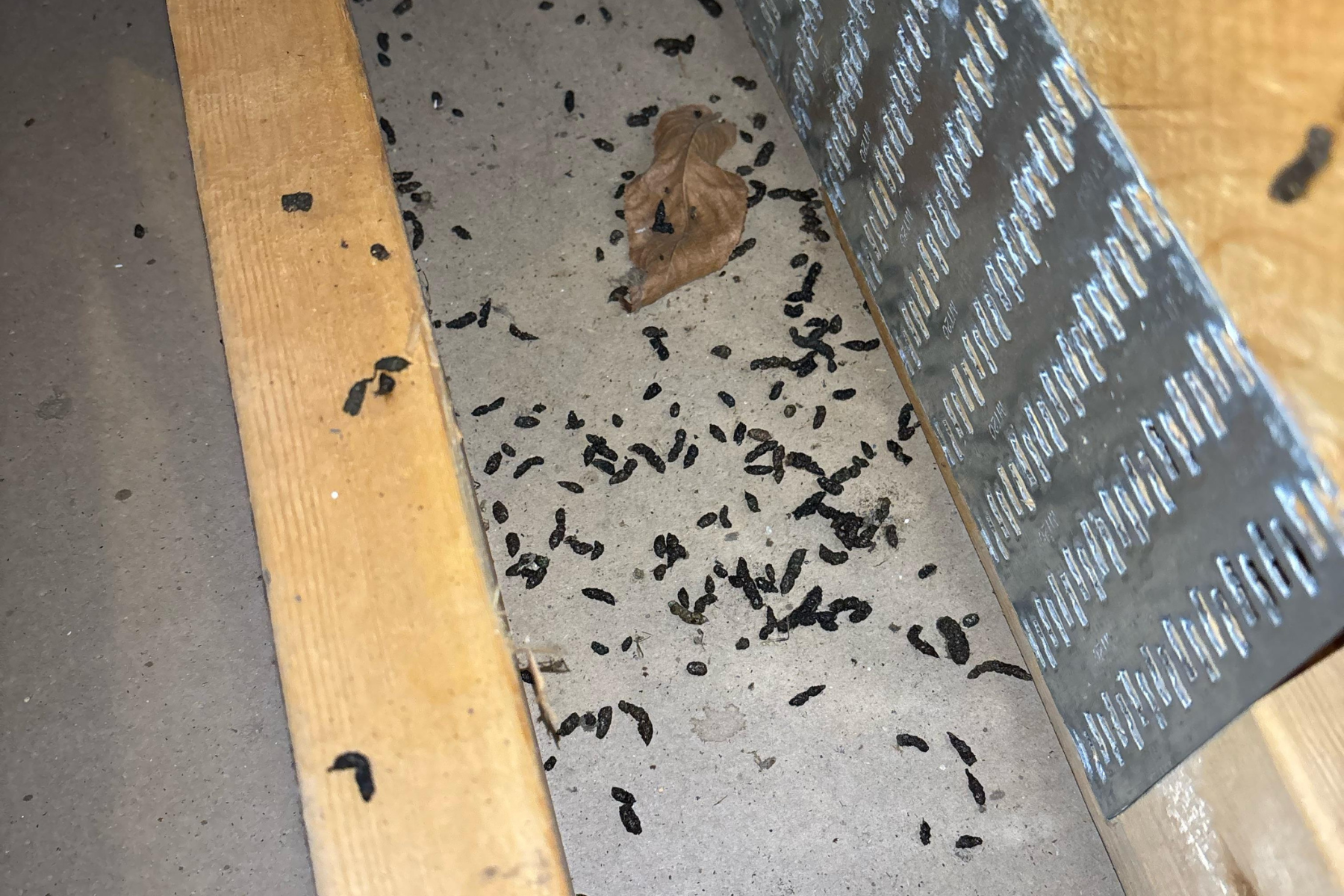As spring ushers in warmer temperatures and blooming landscapes, it also brings a surge in pest activity. Homeowners must be proactive in implementing pest prevention measures to protect their homes from unwanted intruders. In this comprehensive blog, we will share practical steps to keep your home pest-free throughout the season and how to get a professsional pest control.
Understanding Spring Pests
Spring in Maricopa County brings warmer temperatures and increased moisture. Creating ideal conditions for a variety of pests to become active. Understanding the common spring pests and their behaviors is crucial for effective prevention and control.
Common Spring Pests
Springtime in Arizona sees an increase in various pests, including:
- Ants: Seeking food and water, they often invade kitchens and pantries.
- Cockroaches: Attracted to moisture and food residues, they can spread diseases.
- Termites: Spring is their swarming season, posing risks to wooden structures.
- Mosquitoes: Breeding in standing water, they can transmit diseases.
- Spiders: Drawn indoors in search of prey and shelter.
Why Spring Increases Pest Activity
The transition to spring creates favorable conditions for pests:
- Warmer Temperatures: Accelerate pest breeding cycles.
- Increased Moisture: From spring rains, providing breeding grounds.
- Abundant Food Sources: Due to blooming plants and increased human activity.
12-Step Spring Pest Prevention Checklist
A proactive approach to pest control in the spring can significantly reduce the likelihood of infestations. This 12-step checklist provides a comprehensive guide to protecting your home:
1. Seal Entry Points
Inspect your home’s exterior for cracks, gaps, and holes. Use caulk or weather stripping to seal openings, especially around doors, windows, and utility penetrations.
2. Maintain Cleanliness
Regularly clean kitchen counters, floors, and dining areas to eliminate food crumbs and spills. Store food in airtight containers and dispose of garbage promptly.
3. Eliminate Standing Water
Remove standing water from birdbaths, plant saucers, and clogged gutters. Ensure proper drainage to prevent mosquito breeding.
4. Trim Vegetation
Keep shrubs, trees, and other vegetation trimmed and away from your home’s exterior. Overhanging branches and dense foliage can provide pathways and shelter for pests.
5. Store Firewood Properly
Keep firewood at least 20 feet away from your home and elevated off the ground. Firewood piles can harbor rodents and insects.
6. Repair Screens and Install Door Sweeps
Ensure all doors have sweeps to prevent pests from entering underneath. Repair or replace damaged window and door screens to keep insects out.
7. Manage Outdoor Lighting
Use yellow or sodium vapor lights for outdoor lighting, as they are less attractive to insects compared to standard bulbs.
8. Declutter Indoors
Go through and organize closets, storage bins, and garage shelves. Decluttering is essential to a pest-free space. Donate and get rid of things you don’t use.
9. Inspect and Clean Gutters and Roofline
Clean gutters and remove leaves, twigs, or any debris. Make sure downspouts are draining away from your home’s foundation. Inspect your roof for damage or gaps where pests might sneak in.
10. Use Natural Repellents
Essential oils like peppermint and clove can deter certain pests. Spray diluted solutions around entry points and common pest areas.
11. Schedule Regular Pest Inspections
Engage professional pest control services for routine inspections and treatments, ensuring early detection and management of potential infestations.
12. Educate Household Members
Make sure everyone in the household understands the importance of pest prevention measures and adheres to best practices.
Legal Considerations and Resources
Understanding the legal landscape surrounding pest control in Maricopa County, Arizona, is important for both residents and pest control professionals. This involves knowing your rights and responsibilities, and understanding where to find reliable information and assistance when needed.
Understanding Local Regulations
Arizona’s Environmental Health Code mandates that property owners prevent and eliminate pest infestations to protect public health.
When to Seek Professional Help
If you notice signs of a significant infestation or if preventive measures aren’t effective, it’s advisable to consult licensed pest control professionals. They have the expertise and tools to address complex pest issues safely and effectively.
What Others Say
From start to finish, my experience with Spark Pest Control was exceptional. The team was professional, courteous, and answered all my questions patiently. They explained their preventative measures clearly and made sure I understood everything. Their service was top-notch, and I was incredibly impressed with their commitment to customer satisfaction. I wholeheartedly recommend Spark Pest Control. — Michael B, homeowner, Gilbert, AZ
Secure a Pest-Free Home This Spring
Spring in Arizona brings about changes that can increase pest activity in and around homes. By understanding common spring pests and implementing proactive measures, homeowners can safeguard their living spaces against unwanted intruders. Regular maintenance, cleanliness, and professional inspections are key components of effective pest prevention. Take action now to protect your home from spring pests. Contact a licensed pest control service in Arizona to schedule an inspection and keep your home safe and comfortable throughout the season.
Frequently Asked Questions
1. Why is pest control especially important in the spring?
Spring brings warmer temperatures and increased moisture, which create the perfect conditions for pests to breed and search for food and shelter. Taking action early in the season can prevent infestations before they start.
2. What are the most common spring pests homeowners should watch out for?
Common spring pests include ants, termites, cockroaches, spiders, and mosquitoes. These pests become more active in the spring and often find their way into homes in search of food and water.
3. How can I prevent ants from entering my home this spring?
Keep your kitchen clean, store food in sealed containers, and wipe up spills promptly. Also, seal cracks around windows, doors, and the foundation to block entry points.
4. What can I do about standing water that attracts mosquitoes?
Empty birdbaths, flower pot trays, and gutters regularly. Make sure your yard drains properly to avoid stagnant water where mosquitoes can breed.
5. Is it necessary to trim plants and trees near my house?
Yes, trimming back vegetation reduces hiding spots and entry pathways for pests like spiders and ants. Keep branches and bushes at least a foot away from your home’s exterior.
6. How do I know if I have a termite problem in spring?
Look for signs like mud tubes on walls, discarded wings near windows, and hollow-sounding wood. Spring is termite swarming season, so act fast if you notice these indicators.
7. Should I hire a pest control professional, or can I handle prevention myself?
You can handle many basic prevention tasks yourself, but professional inspections help identify hidden issues early. If you’ve had pest problems in the past, scheduling seasonal inspections is highly recommended.
8. Are natural repellents like peppermint oil effective?
Peppermint oil and other essential oils can help deter pests like ants and spiders, especially when used near entry points. However, they should be part of a broader prevention strategy, not your only method.
9. What indoor areas should I focus on during spring cleaning for pest prevention?
Focus on the kitchen, pantry, and bathroom. Also check basements, attics, closets, and behind appliances. Decluttering and cleaning these areas reduces places for pests to hide.
10. How often should pest prevention tasks be done?
Many tasks, like cleaning and checking for leaks, should be done weekly or monthly. More detailed inspections and maintenance, like sealing cracks or clearing gutters, are ideal at the start of each season.




